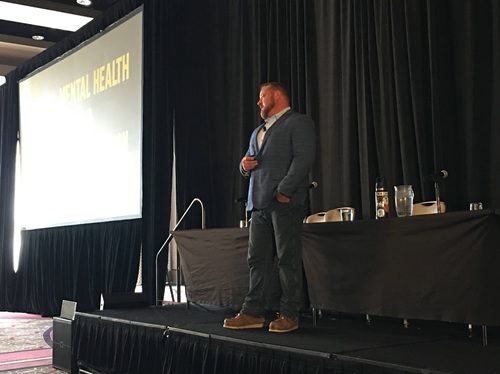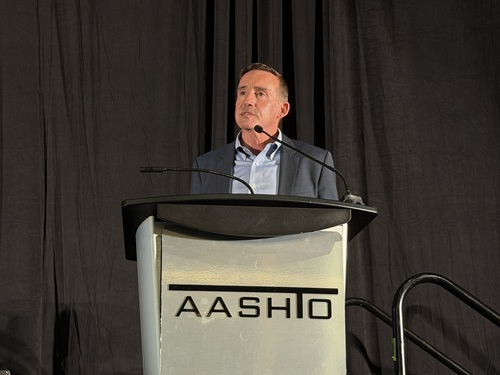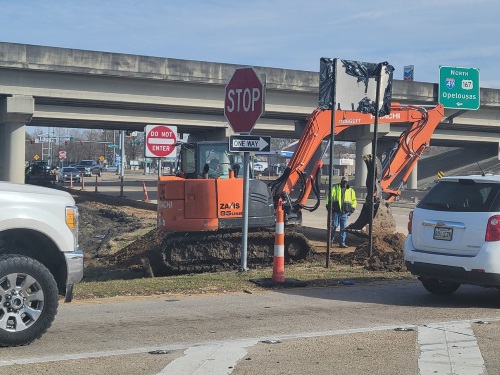A new report from the General Accountability Office obliquely illustrates a key workforce issue suffered by state departments of transportation, largely as it relates to the hiring of engineering consultants due to a lack of internal staffing.
[Above photo by the Louisiana DOTD]
That report – based on a GAO-administered survey of state DOTs in all 50 states, Washington, D.C., and Puerto Rico – tracks the state DOT use of engineering consultants for assistance with federal-aid highway construction projects.
That survey found that the most important factors affecting a state DOT decisions to use such consultants relates to the “size and skills” of their workforces.

“State DOT officials reported using engineering consultants on a variety of federal-aid highway construction projects, such as for bridge replacement,” GAO noted in its report.
Moreover, half of state DOTs reported that they spent at least 60 percent of their engineering and design-related expenditures for these projects on engineering consultants with almost all state DOTs (50 of 52) reported that workforce size and skills were very or moderately important in their decisions whether to use engineering consultants, the agency added.
On a broad nationwide basis, states are trying to increase the ranks of skilled infrastructure workers via a variety of efforts – ranging from community college-based training programs to job fairs for soon-to-be-released prisoners.
A panel discussion held during the 2021 virtual spring meeting of the American Association of State Highway and Transportation Officials fleshed out how state DOTs are trying to improve their recruitment and retention strategies.

The panel’s moderator Victoria Sheehan – commissioner of the New Hampshire Department of Transportation and AASHTO’s 2020-2021 president – noted that those strategies would require changes to some traditional state DOT workforce practices.
“We have to emphasize that all employees at a state DOT are part of the same machine – that the engineers and maintenance crews cannot do their jobs without accountants, administrators, human resource staff, and others,” she said.
“Going forward we must make sure to create a culture empathetic to balancing what [employees] are facing at home and facing at work,” Sheehan added. “While that may be different from state DOT practices of old, we should still seek to retain the pride and camaraderie associated with our core mission: to build a transportation system that serves all and provides access to opportunity for all.”
 Top Stories
Top Stories
Safety Summit Addresses Employee Mental Health
November 7, 2025 Top Stories
Top Stories

